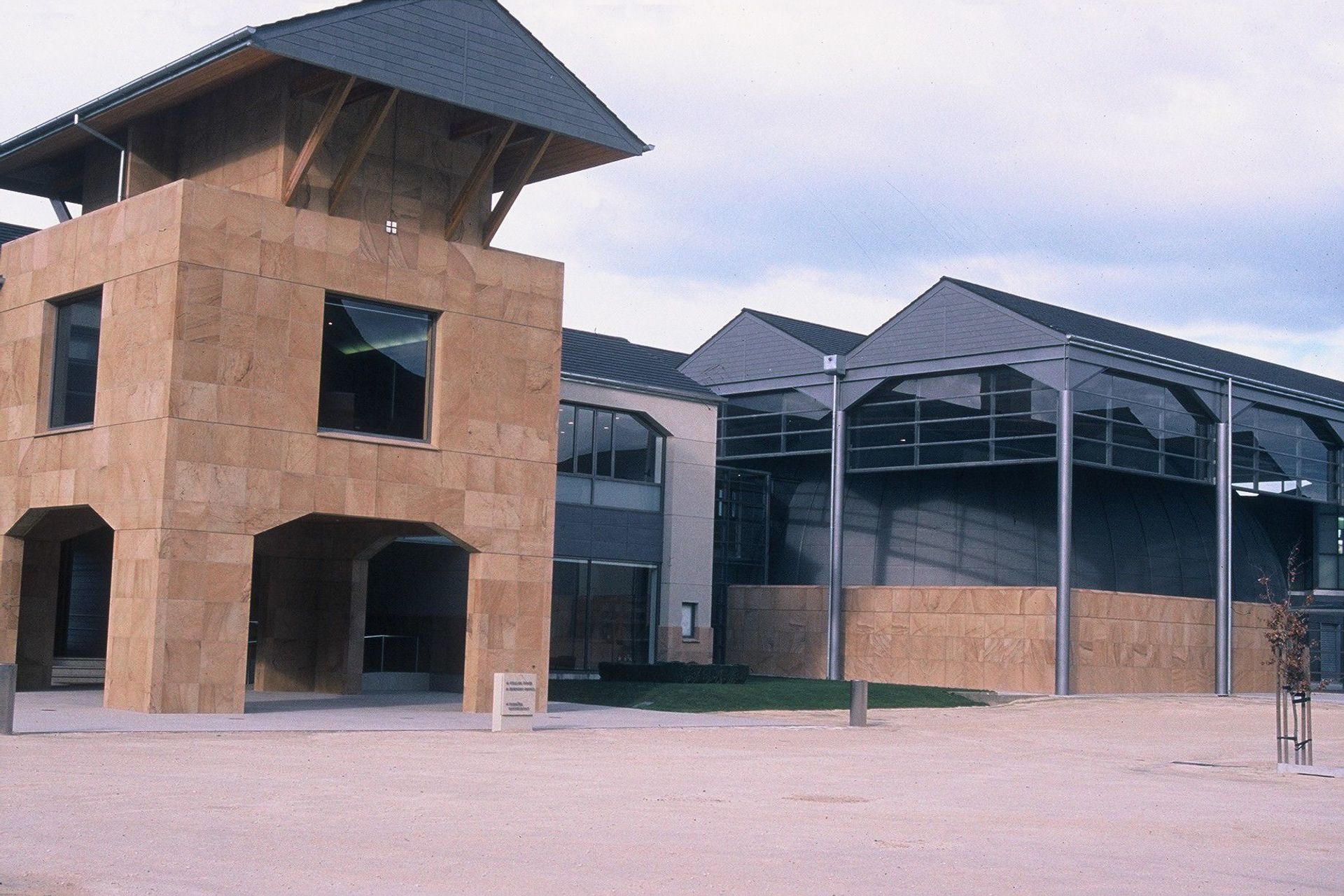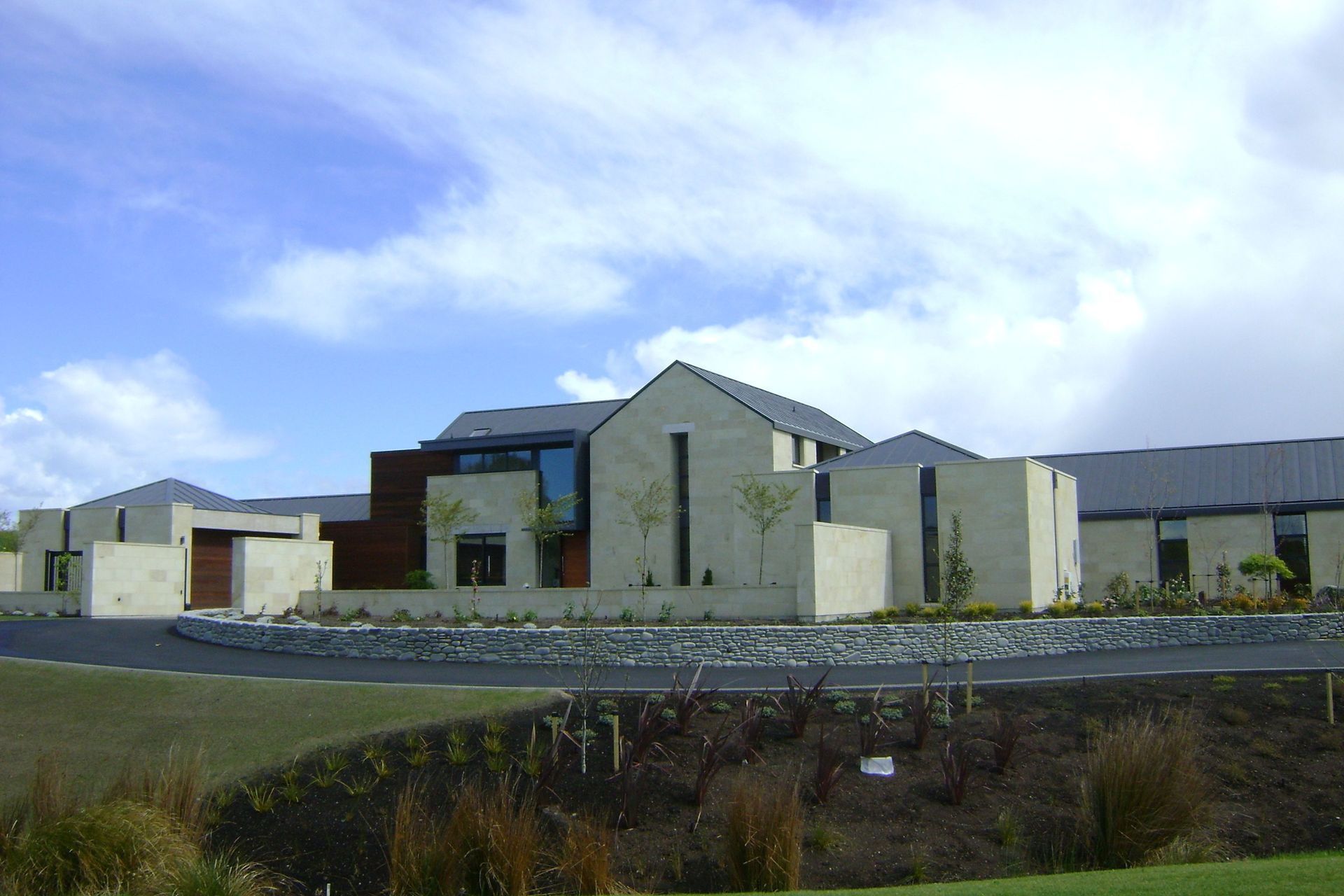A slice of history
Written by
21 February 2017
•
3 min read

Volcanic activity has shaped our country over the last few million years, with the remnants of eruptions on a scale not seen in any of our lifetimes now making up some of the most scenic parts of our shores and providing us with a unique natural resource.
New Zealand volcanic stone is beautiful in its natural state – often infused with pumice and natural minerals, it is a local material well worth considering for a project in any capacity from paving to commercial cladding.
The volcanic stone available in New Zealand has a distinct look and the benefit of durability and strength often not seen in other stone or stone products.
Nestled in a particularly beautiful part of the country between Matamata and Cambridge, Hinuera Natural Stone operates its quarry and factory. Located on a deposit that exists as the result of a volcanic eruption of massive proportions about 1.3 million years ago, this stone is part of New Zealand’s physical history.
“Because it was born as a result of a volcanic eruption, its explosive origin has infused the stone with unique patterns from watermarks through to hard pumice, metal and basalt deposits,” Hinuera Natural Stone’s general manager John Simpson says.
Often, people utilise stone for its veins and natural appearance. When choosing volcanic stone, that uniqueness is amplified.
Hinuera’s other deposit, known as Ahi, is taken from the lower areas of the quarry. It is free of pumice so has a different appearance – this stone is characterised by its natural mineral veinings and iron markings. Hinuera Natural Stone is available in a variety of colours and textures. The Ahi stone, which is taken from the upper levels of the quarry, is varied in texture and characterised by fragments of hard pumice, metals and basalt. In its natural form this stone varies in colour from grey to buff, while if kiln-fired, it takes on shades from pale terracotta to a rich golden brown.
The company has been operational since the 1950s in a commercial capacity, and it’s estimated there is another 80 – 100 years left in the quarry’s life.
As Simpson says, while choosing to use natural New Zealand stone has many benefits, one in particular is that there is certainty you will be able to access exactly the same product in future for additions or replacements. “Because it’s local it is always available. Often, if people use pavers sourced from overseas or choose tiles for their project, while they can source them now, it can be very hard to source exactly the same product in the future.
“We’re finding that we are providing product for additions to houses that were built many years earlier and are able to match it exactly.”
Hinuera stone is colour constant and an extremely long lasting and strong stone, while at the same time is easily workable allowing designers complete creative freedom.
Hinuera Natural Stone manufactures all its products on site at the quarry premises in Hinuera, and specialises in cladding, paving and pool copings, but works on a large range of projects and products, which can be completely customised to suit any project or design.
If you’re considering utilising a volcanic stone in your next project, Hinuera Natural Stone welcomes visitors to tour the quarry and factory and understand the scale and history of the operation.
Visit Hinuera on ArchiPro here for some inspiration about what can be achieved with local New Zealand stone.


